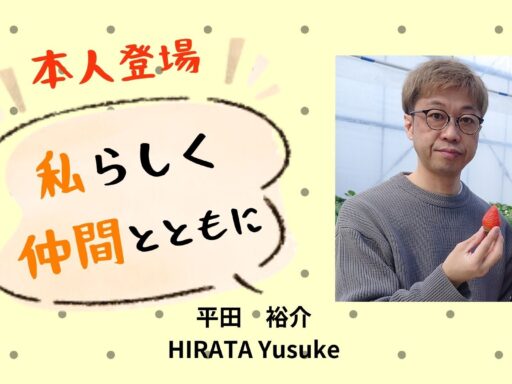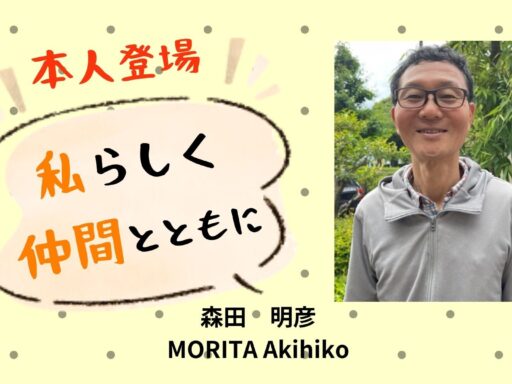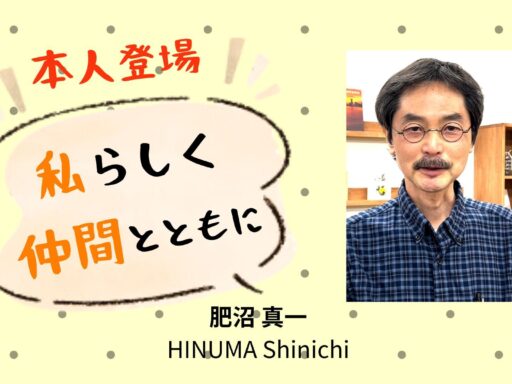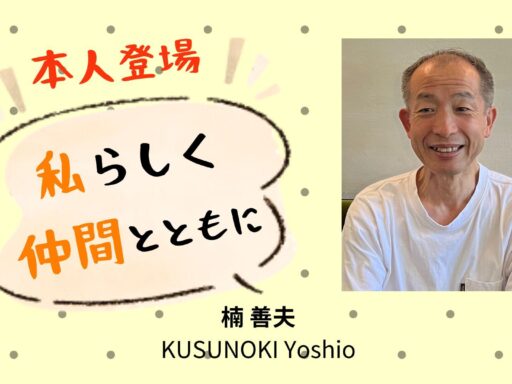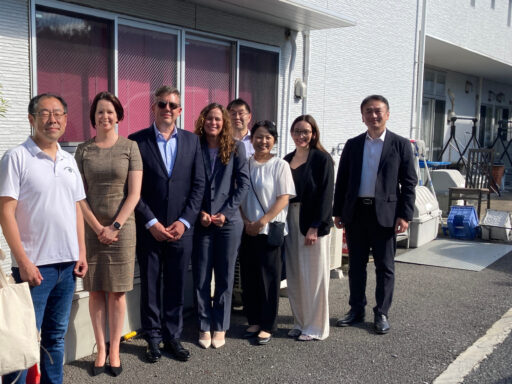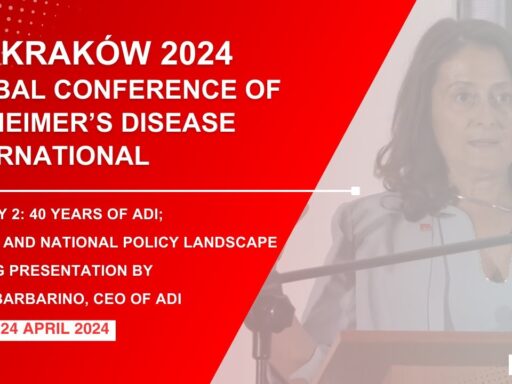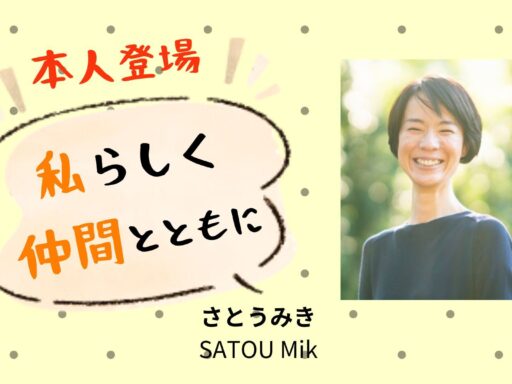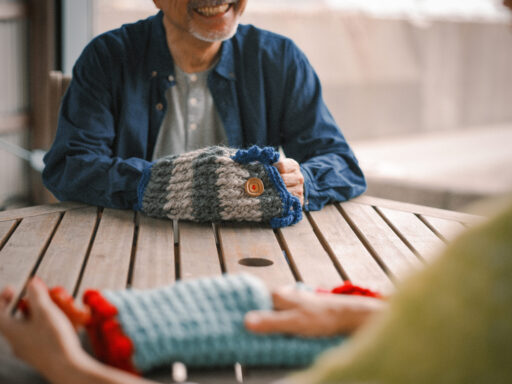Twiddle Muff spreading rapidly in the field of nursing care and medical care in Japan
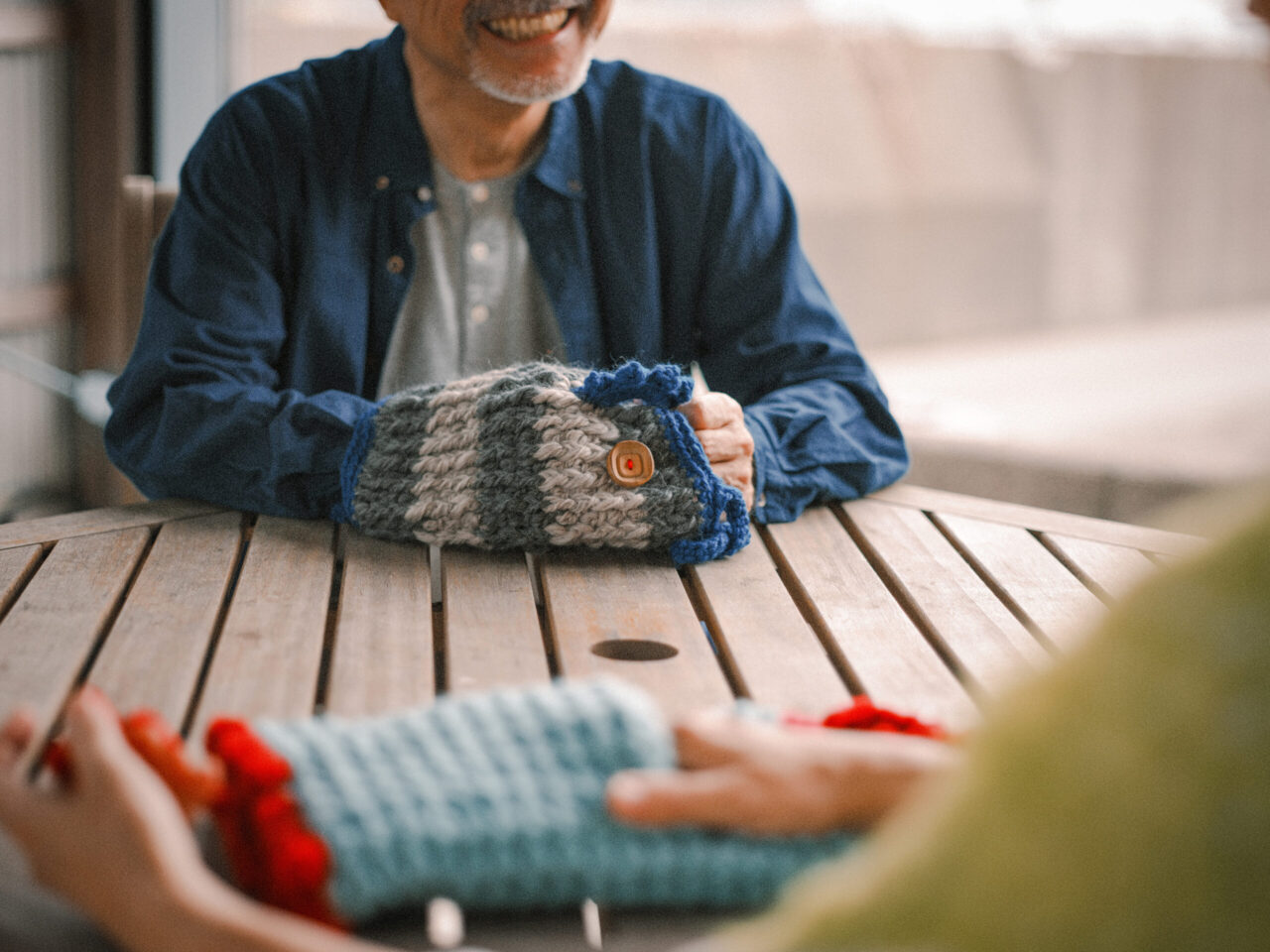
Masahiko YAMAMOTO(The chairperson, NPO ONBOARD)
“Twiddle Muff” spreading rapidly throughout Japan
Now, the use of “Twiddle Muff” is spreading rapidly in the field of nursing care and medical care in Japan. A volunteer group of housewives give Twiddle Muffs to local facilities, and some hospitals organize their own paid and free production groups.
I actually learned about this Twiddle Muff when I visited the UK in 2016 and brought it back home to introduce it in Japan. I wondered if I could use this cute knitted accessory as a tool to help build an Alzheimer-friendly community.
Currently, the volunteer groups that produce Twiddle Muffs in Japan are spreading in many cities like Shibuya Ward/Shinjuku Ward/Fuchu City(Tokyo Met.), Sagamihara City(Kanagawa Pref.), Shijonawate City(Osaka Pref.), Ashiya City(Hyogo Pref.), Okayama City(Okayama Pref.), Takamatsu City(Kagawa Pref.), Fukuoka City(Fukuoka Pref.), etc. . Overall, I think there are probably nearly 100 volunteer groups, and there are many people who produce it individually.
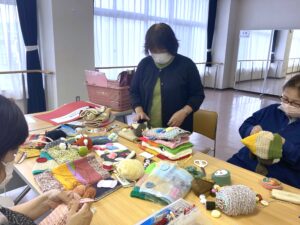
【Members of the volunteer group “Mikkii Muff” in Miki City, Hyogo Prefecture】
In Shizuoka Prefecture, students of Prefectural Fugakukan High School produce Twiddle Muffs as club activities and give them to local elderly facilities. Students present them and find out how users actually use muffs. Kyoko Yamaguchi, who teaches at the school, said, “It maybe the real pleasure of Alzheimers Muff that students deepen their understanding of Alzheimer through community contribution activities and experience and participate in local social resources. It is positioned as a social action by high school students.”
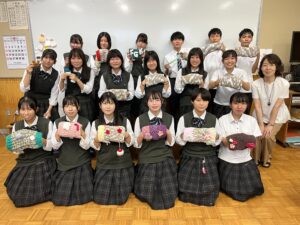
【Students of Fugakukan High School】
3C (Cute, Casual、Contribution) charms
To be honest, I couldn’t expect that Twiddle Muff would attract so much interest in Japan. So why are people interested in Twiddle Muff? I strongly feel that the charm of Twiddle Muff is 3C “Cute”, “Casual ” and “Contribution”. The first reason is that no matter who sees the Twiddle Muff with colorful colors everyone would say “cute!” . In fact, I was 59 years old at the time and I myself was fascinated by this cute appearance. I think the second one is that the structure is simple and easy to knit even for beginners. The third one is that I think this is the most important, but it is that you can make Alzheimer’s people smile with the Twiddle Muff you made. I think that a participatory experience that is different from conventional welfare is stuck in people’s hearts.
Encounter in England
I met Twiddle Muff in Bradford, northern England. At that time, I belonged to the Welfare Culture Corporation, the welfare department of the Asahi Shinbun, the Japanese major newspaper company, and I visited to observe the implementation of the British Alzheimer measures by covering a feature article of the ADI International Conference held in Kyoto in 2017. This town was honored as a dementia-friendly city by the British Alzheimer’s Association in 2016, and we gathered and interviewed the people concerned. At that time, a volunteer man showed me Twiddle Muff.
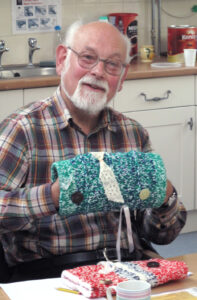
【I first met Twiddle Muff in Bradford, England (October 2016)】
In England, in addition to Bradford, I visited Plymouth in the southwest and a hospital in London where the interior of the hospital has been renovated into an Alzheimer-friendly design, and everywhere I went, “Do you know this?” And I was shown Twiddle Muff.
Start in Japan with members of “Dan-Dan”
After returning home, I wanted to introduce Twiddle Muff in Japan as soon as possible, but to do so, I had to find a lecturer who would actually make Twiddle Muff. So I talked to the Ninchisho support group “Dan-Dan”, which runs a Ninchisho cafe in Fuchu-cho, Hiroshima Prefecture, which I have been close to for a long time. The members of the group were about 20 retired nurses and housewives, and a few months later, they made dozens of Twiddle Muffs made of fleece material considering the Japanese climate and ease of washing.
【Member of the Ninchisho support group “Dan-Dan(Gradually)”, which produced muffs ahead of it as a volunteer group in Japan (February 2020)】
“Ninchisho Muff” Naming and Mayumi Nose’s instructing workshop
The muffs were ready, but the next thing that bothered me was the naming. Japanese people have no idea what Twiddle Muff is. I named it “Ninchisho Muff” because I thought it would have to convey directly that this cute knitted accessory is related to Ninchisho(Alzheimer).
And in 2019, we asked Mayumi Nose, a professional knit artist who appears on the NHK E-TV program “Suteki ni Handmade(Nicely handmade)”, to be a production instructor and started a Ninchisho muff workshop. Ms. Nose was interested in contributing to society and came up with a knitting diagram that even beginners can easily knit. Since then, Ms. Nose has been the lecturer in the workshop.
【Mayumi Nose teaches at the Ninchisho muff workshop (October 2022)】
The emphasis on conducting the workshop was not to make it a simple knitting session for knitted accessories. As a result of creating a Ninchisho muff that no one knew about from England, I wanted to gather people who were not interested in Ninchisho before and make it a program to deepen the correct understanding of Ninchisho. And when we hold workshops, we always introduce a one-hour program to learn the basics of Ninchisho.
The effect of Ninchisho muffs
In the process of holding workshops, participants said, “Do Ninchisho muffs have an effect?” The question has begun to be received. In the UK, “Let’s give grandpa and grandma hand-knitted gloves!” I heard that it is a casual initiative, but in the nursing care and medical field in Japan, the presence or absence of evidence is considered important. In addition, there are major restrictions on bringing knitted products made by outsiders into hospitals and facilities.
Therefore, in 2021, we asked Dr. Emi Miki, an associate professor of the Department of Rehabilitation at Kansai Medical University and an occupational therapist, and investigated the effect of Ninchisho muff on about 20 people with Alzheimer. As a result, it was evaluated that “touching the muff has the potential to have a positive effect on the mental and psychological aspects of the subject, encouraging life reviews (restoring old memories) and recollections”. Ninchisho muff is not a medicine or rehabilitation equipment. Even if you are a person with Alzheimer, the symptoms vary greatly, and it is not okay if you give a Ninchisho muff. First of all, it may be better to think of it as one of the communication tools. Dr. Miki’s paper will also be published in the “World Family Medicine Journal” ※ in August this year.
※ Emi Miki, Hanae Morita, Masahiko Yamamoto:Clinical Utility of the Twiddle Muff for Older Patients with Dementia. World Family Medicine. August 2024; 22(7): 6-13. DOI: 10.5742/MEWFM.2024.95257711
URL where papers can be viewed:http://www.mejfm.com/August%202024/Twiddle%20Muff.pdf
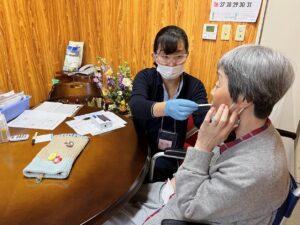
【Dr. Emi Miki conducts a survey at a special nursing home in Shijonawate City, Osaka Prefecture (December 2019)】
Utilization in the field of nursing
Our goal is to build a Ninchisho-friendly community with Ninchisho muff as a tool, but it has also been used in the nursing field three years ago. Dr. Mizue Suzuki, a professor in the Department of Geriatric Nursing at Hamamatsu Medical University, is researching the use of Ninchisho Muffs for inpatients with Ninchisho. Until now, we have used gloves-like mittens to prevent patients from removing them by themselves, such as when invenous drips to inpatients, but as a substitute, we focused on Ninchisho muffs. Mr. Suzuki first learned about Twiddle Muff from overseas cases. When I imported it and tried to use muff on 4 inpatients at a hospital in Tohoku at the end of 2021, I received a report that attention was deviated from the drip. ” This may reduce physical restraints such as mittens,” she felt.
Dr. Suzuki has published the “Twiddle Muff (Ninchisho Muff) Utilization Care Guide” (published: Introduction to the practical guide developed in the field of geriatric nursing at Hamamatsu Medical University), which summarizes the research, and while cooperating with about 10 hospitals in Shizuoka Prefecture We continue to support practice and research. ” The hospital is occupied by inorganic materials such as tables, beds, and white sheets. When there is something colorful, warm and pleasant to the touch in such an environment, the patient is also healed. At the same time, I feel that it is a tool for nurses to activate healing and communication,” Dr. Suzuki said.
NPO ONBOARD established, a new embark on a symbiotic society
I wanted to be more involved in the formation of a Ninchisho-friendly community, and in November 2023, I established the specified non-profit organization “Ninchisho Support Group ONBOARD”. The main activities of the group are holding Ninchisho Muff workshops and courses for students to learn the basics of Ninchisho. The number of people with Ninchisho in Japan is expected to reach 5.84 million by 2040. In June 2023, the “Ninchisho Basic Law (Alzheimer Basic Law) to Promote the Realization of a Symbiotic Society” was passed, which aims to live with people with Ninchisho in the region, and went into force on January 1, 2024. Among the so-called self-help, mutual aid, mutual assistance and public assistance, mutual aid and mutual assistance, that is, it is important for local residents to take the initiative to support people with Ninchisho. The production of Ninchisho muffs is a concrete support that allows you to see the face of the user. It’s been exactly 8 years since I first met Twiddle Muff in England. Through the holding of the Ninchisho muff workshop, correct understanding and support for Ninchisho are steadily spreading.
Masahiko YAMAMOTO
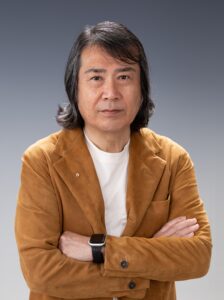
(Chairman of the Specified Non-Profit Organization “Ninchisho Support Group ONBOARD”)
Social worker. Joined the Asahi Shimbun in 1984. He retired in 2022 after serving as the Director of Photography, Director-General of Tokushima, and Director of the Osaka Office of the Asahi Shimbun Welfare and Culture Foundation, a social welfare corporation. During his tenure at the Welfare Culture Foundation, he planned and operated lectures on the theme of Ninchisho and international symposiums, as well as workshops aimed at spreading Ninchisho muffs and “Ninchisho Friendly Kids Classes” for elementary school students. He was invited as a guest speaker at the ADI (International Alzheimer’s Disease Association) International Conference held in Kyoto in 2017 and the ADI International Conference (Singapore) in 2019. The deceased parents have Ninchisho and have experience in nursing care.
Written by Masahiko YAMAMOTO
Translated by Masahiko YAMAMOTO, Yuko MAKINO





